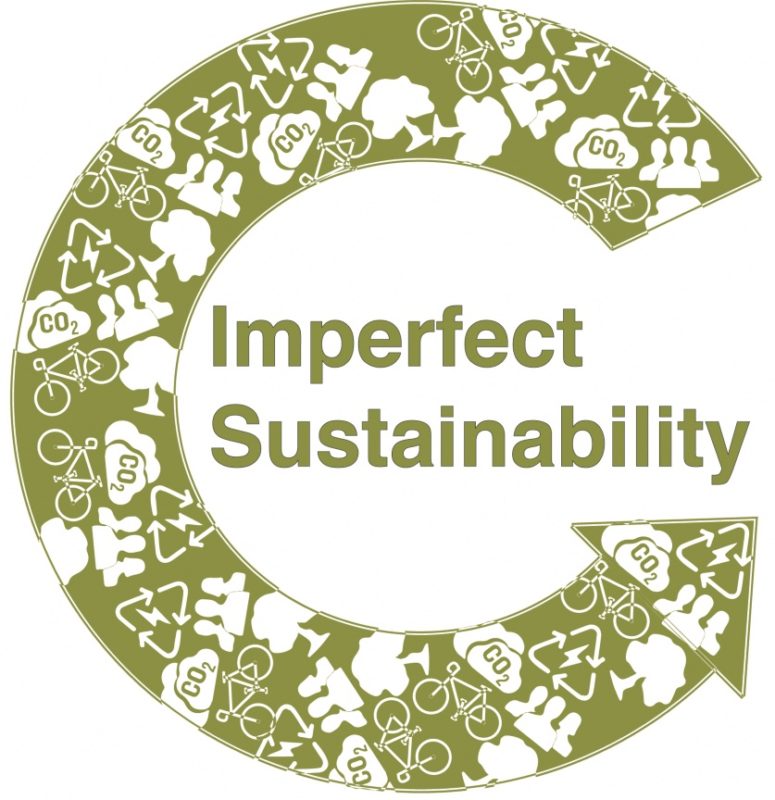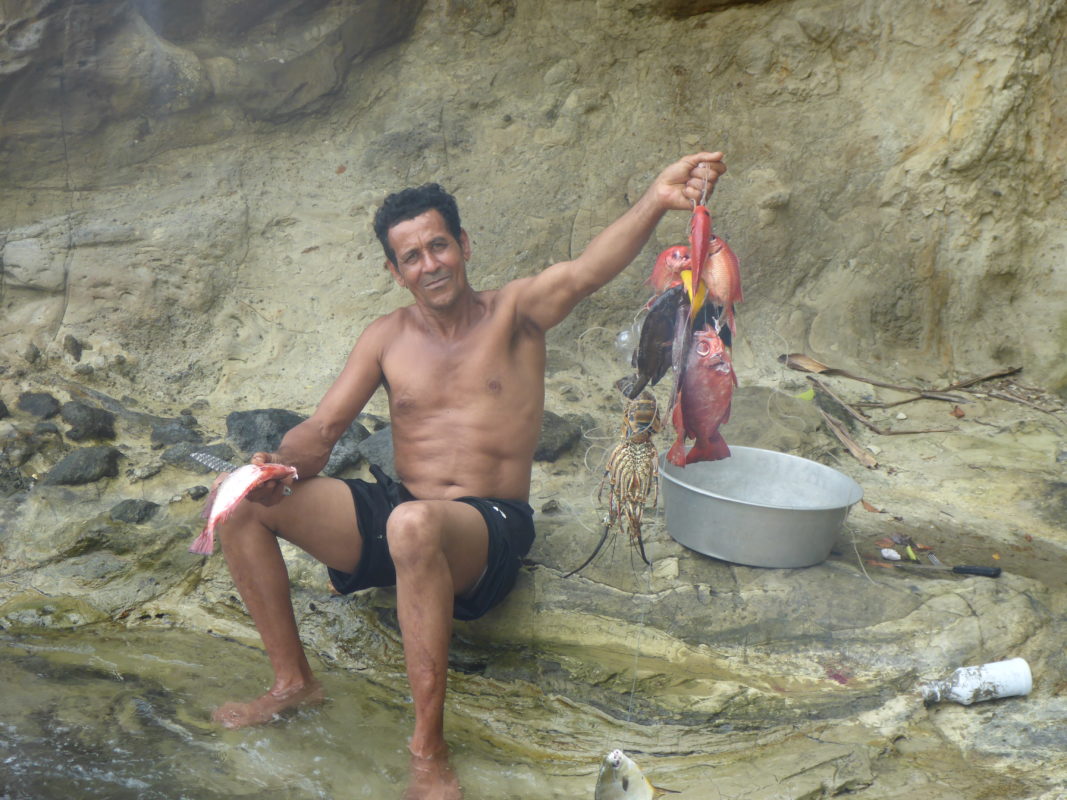Ocean acidification is often referred to as the evil twin of Climate change. But what is it, why should we worry, and what can we do about it?
Over 70% of the planet’s surface are covered by Oceans, and because of their depth they contain 99% of the living space for animals on our planet. That’s a large portion of the global biodiversity, about 250,000 species living in the ocean that we know about. There are many more that we haven’t discovered yet.
One in every three breaths that we take comes from oxygen produced by phytoplankton living in the oceans. So the health of the oceans directly links to our health as well. The oceans are an important source of food through our fisheries and this is particularly true of the South-West of England.
Of the global biodiversity in the ocean Marine invertebrates make up 76% of the species. From crabs to Limpets and sea urchins to sea snails ocean acidification is considered to be one of the biggest threats to ocean biodiversity. (1)
So what is Ocean acidification?
Ocean acidification is caused by increasing carbon dioxide levels in our atmosphere. Since the Industrial Revolution, carbon dioxide levels in the atmosphere have been increasing to their current level of around 400 parts per million. Carbon dioxide is soluble in seawater and the ocean absorbs about a third of that atmospheric carbon dioxide. As it dissolves into the sea water, it causes a series of chemical reactions, which is now leading to ocean acidification.
To explain further lets go back to chemistry class…
Atmospheric Carbon Dioxide CO2 dissolves in seawater H2O to form carbonic acid H2CO3.
CO2+ H2O –> H2CO3
The carbonic acid is unstable and easily breaks down into Hydrogen ions and bicarbonate ions.
H2CO3–> H+ + HCO3–
It is the concentrate of Hydrogen ions that determines the ocean’s acidity. The PH level has changed from 8.2 to 8.1 since the industrial revolution. This may not sound a lot but it’s a logarithmic scale and equates to around a 30% increase in acidity.
If it continues at this rate by the end of the century we’ll be at 120% increase in hydrogen ions! The PH level of the ocean is now changing at a faster rate than at any time in the last 300 million years.
Nature has a natural buffer for the excess hydrogen ions in terms of Carbonate buffering.
Carbonate ions enter sea water through the natural weathering of rocks such as limestone, and from the shells of dead marine animals. So the processes that put carbonate into seawater is a very slow processes.
The carbonate combines with some of the excess hydrogen ions acting as a natural buffer.
CO32-+ H+–> HCO3–
The sting in the tail is that it leaves less of these Carbonate ions in the ocean.
Why are the carbonate ions important?
A large number of marine invertebrates have calcium carbonate skeletons. Oyster shells and sea urchins for example,
These creatures rely on the carbonate ions for calcification into their solid shell form. Once it’s formed, the calcium carbonate structure, like this shell, is quite vulnerable to dissolution again unless it’s surrounded by seawater that has saturated calcium carbonate levels in it.
So as the Ocean acidifies the shells of these creatures will get weaker.
In the cold polar waters such as the Arctic and the Antarctic more carbon dioxide dissolves into the sea water because it’s colder. Researchers at the University of Exter have already found under saturated water with respect to carbonate ions and with that discovered small marine creatures with calcium carbonate shells showing signs of this dissolution process.
The increased Ocean acidity is weakening the shells of marine creatures.
The creatures are particularly vulnerable during reproduction. For example, sea urchin larvae grow tiny calcium carbonate skeletons, which enable them to swim properly and helps them feed. So the number of Urchin larvae making it to adulthood are significantly reduced.
Ocean Warming
We’ll cover Climate change in a separate post. But as the planet is warming most of the extra heat being trapped by the thickening blanket of ‘greenhouse’ gases in the atmosphere is going into the oceans, warming them up from the top down.
The oceans have a high capacity to retain heat, and have so far absorbed over 90% of Earth’s excess heat in recent decades. Most of this heat is being absorbed by the top 700m. This is also leading to the thermal expansion of water and contributing to sea-level rise.
For coral reef environments, heat stress may lead to bleaching (whereby corals loose their colour as their photosynthetic symbiont is expelled, effectively leading to starvation). We saw this ourselves in our 2016 trip to Madagascar when talking to local fishermen in the North-West of Island near Nose Be.
Madagascar wasn’t the only region affected.
The 2016-17 El Niño event caused over 90% of corals in the Northern section of the Great Barrier Reef to bleach, as well as reefs in the Maldives, south-east Asia, the Caribbean and the Pacific, as surface temperatures rose in the shallow waters where corals exist.
While a single bleaching event doesn’t usually destroy a reef, the IPCC suggest that 2˚C of global warming will result in the loss of 99% of warm water corals by 2100 (we’re currently on track for over 2˚C of warming). (2)
So what are the Solutions?
Man made solutions
There are theoretical man made solutions such as adding limestone powder or dissolving Olivine in the oceans, or enhanced weathering strategies.
But by far the best way is to remove the cause of rapid acidification by decarbonising and reducing man-made CO2 emissions.
There are many ways to keep CO2 emissions below a level that prevents dangerous changes in Ocean acidity.
One way is to Increase the use of renewable energy including hydropower, solar and wind.
One of the reasons i’m now standing as an Independent candidate for council is i’ve explored and implemented many solution in my personal and business life. As we don’t have much time I hope to help Chippenham make these changes in any way I can.
Examples of things we’ve tried are…
- 100% renewable energy usage
- Installation of solar panels
- Off grid solar battery set up
- Electric vehicles
- electric bicycles
- LED lighting
- Air source heat pumps
- Close to Net zero build using SIP panels
- Home composting
- No dig gardening
- growing our own food
- reduced water usage and water harvesting
- Sustainable supply chains
- Plastic free packaging
- Supporting girls education and gender equality
- Loft insulation
- Tree planting – Avon needs trees
- Biodiversity protection
- Scrapping products that aren’t sustainable due to plastic use
- Lobbying MPs, County Council, Town Council
- Neighbourhood Plan looking at sustainable building and the circular economy for business
- Doughnut Economics……
How to Check your own environmental footprint
The World Wildlife Fund have a carbon footprint calculator where you can check your own carbon footprint with tips on how to reduce it…
https://footprint.wwf.org.uk/#/
If you want to really experiment with policies for 2050 the UK government have an interactive tool where you can play with the energy mix and see how we can reduce emissions
http://2050-calculator-tool.decc.gov.uk/#/home
In a subsequent post we’ll look in more detail at Climate change, why it’s happening and how we can help.
(1) Thank you to Ceri Lewis, Marine Biologist at the University of Exeter for the ongoing research used as the basis of this article.
(2) The Science of Climate Change and Climate Change Solutions – University of Exeter.


